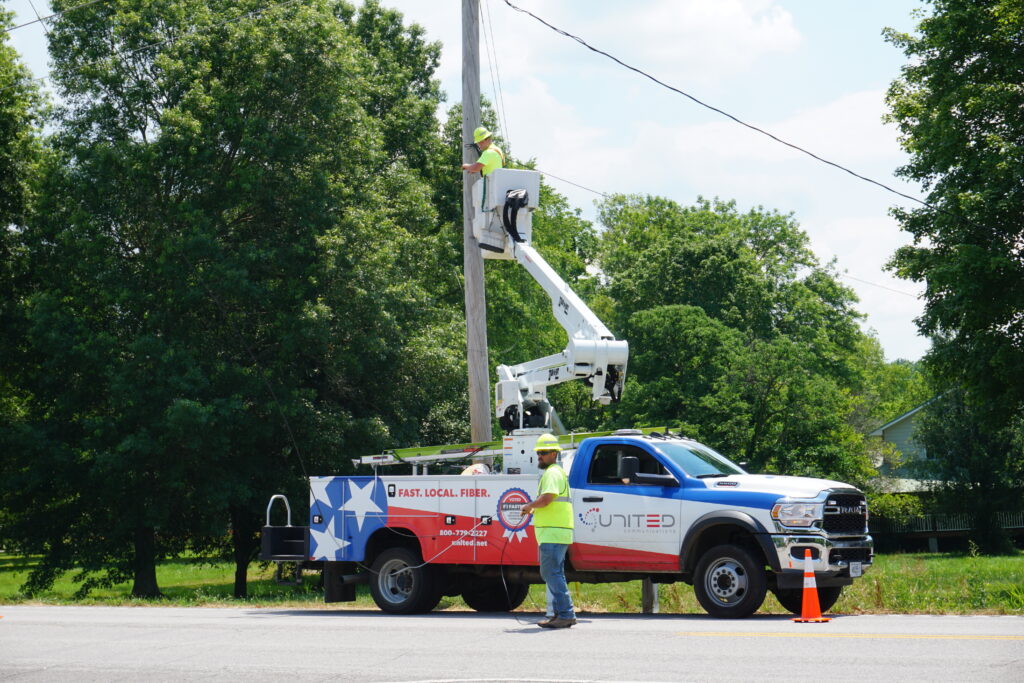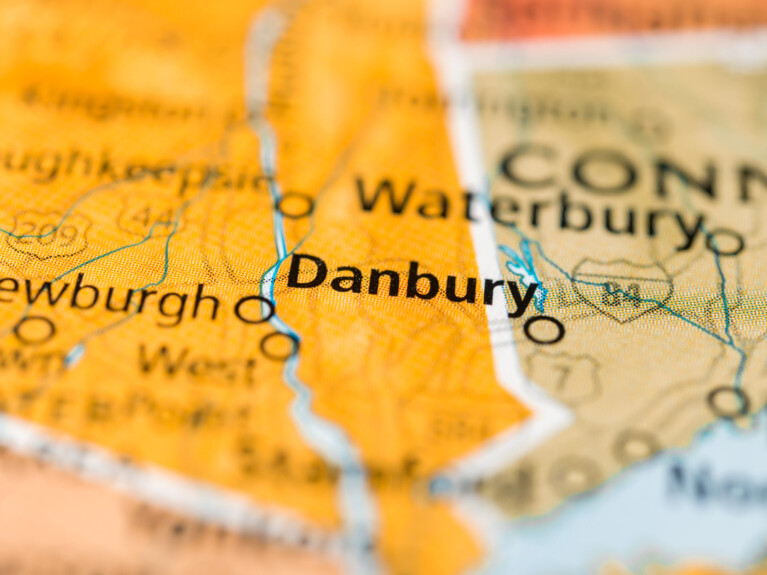Middle Tennessee’s Uniting Fiber
United Communications is spread across 11 counties in Tennessee, as far north as the Nashville suburbs of Davidson County and next-door Wilson County, reaching as far south to the Alabama border an hour and forty-five minutes’ drive away. The fiber provider passes over 100,000 locations and has connected nearly 40,000 homes and businesses with over 3,700 miles of fiber so far but continues to maintain a friendly small-town philosophy for customer service while providing high-reliability broadband.
“I like to affectionately say we’re a 77-year-old startup,” said William Bradford, United’s President and CEO, alluding to the company’s start as Cities Telephone Company in 1947. “My business partner and I bought a legacy ILEC serving portions of middle Tennessee in late 2011. It was primarily a copper-based network with some fiber backbone. We felt there was a big need for better rural and suburban internet. We bought it with the plan to upgrade to fiber and use it as a platform to serve those unserved communities in middle Tennessee that were largely ignored at the time.”
Today, United is following an “outside in” approach to expansion, starting in rural, unserved areas and working its way towards the center of towns, unlike traditional providers that follow a more old-style approach of starting in town and working their way out to less densely populated areas. Since 2011, United has reinvested 100% of its operational surpluses back into the business every year to support its growth into unserved areas, along with supplementing its funds with a CoBank $130 million credit facility and leveraging $110 million in state and federal grant opportunities.
Project UNITE is the company’s formal name for its ongoing efforts to bring fiber to under-connected communities and is built around partnerships with two electrical cooperatives, Middle Tennessee Electric and Duck River Electric. The UNITE effort has brought fiber to around 40,000 homes and businesses in the middle Tennessee area that previously lacked access to high-speed broadband.

United Communications ultimately plans on offering service to half a million locations in middle Tennessee by the time it finishes building. (Source: United Communications)
Being focused on middle Tennessee provides United the ability to “scale local,” said Bradford, tailoring network expansion and marketing efforts to individual towns. “I came out of meetings today where we’re talking about the difference in marketing fiber in Smyrna and Franklin that are 40 miles apart,” said Bradford. “We look at it at a very micro level. We have very different approaches to the independent, unique communities [in middle Tennessee] and we have different approaches in all of them, even though we’re in one big market.”
United has four distinct lines of business, residential broadband, small business, multi-location and enterprise customers, and a communities division. As a phone company, United continues to do a significant proportion of business with voice services, including SIP trunks and hosted VoIP for its enterprise customers. “Given the densification happening in Nashville a few years ago, we launched the communities division dedicated to serving apartments and HOA neighborhoods that wanted broadband as an amenity,” said Bradford.
Supporting community institutions has taken on a unique twist. “We provide free internet to any volunteer fire department in our community,” Bradford said. “We found, years ago, they were struggling to get volunteers to stay at the fire hall because there’s no internet. They didn’t have anything to do while they were waiting on call.”
The middle Tennessee region continued to thrive due to several factors, including health care and the country music industries as economic anchors, no state income tax, affordable housing relative to the rest of the nation, and great schools. “It’s attracted people from all over,” said Bradford. “We want to be positioned to capture that.”
With the regional quality of life, and steadily thriving economy, Bradford expects United to continue to be the preferred provider of the area, with a potential market of half a million homes and businesses once they finish construction. Bradford said that United hopes to be at over 200,000 homes passed in the next two years.
To maintain its competitive edge as it grows and competitors ranging from venture-financed fiber to LEO satellite entering the market, five years ago United focused on network reliability as a company-wide goal.
“We took a business-level SLA goal and applied it all the way down to the individual residential customer and we measure down to the customer outage duration,” said Bradford. “We measure down to the minutes of any downtime. The team is empowered in terms of proposing budget for redundancy and response initiatives that are focused on having an industry-leading network reliability.”
High-network reliability is teamed with a culture of customer excellence, including a customer experience team with representatives from every department that meets regularly, and surveying the customer every time they have an interaction with the service provider and on the customer’s anniversary date. Every manager gets a summary of the survey results from the previous day, with customers who don’t rate service at an eight or higher out of 10 getting a follow-up call to see what United can do to fix it.
The combination of high-quality customer service and reliability has resulted in NPS scores far above the industry average. “As of today, we’re at a 78 for our net promoter score,” said Bradford. “We stopped benchmarking ourselves even against other internet providers. At this point, we like to say we’re benchmarking ourselves against the Ritz Carltons, Disneys, and other brands that have high net promotor scores.”





